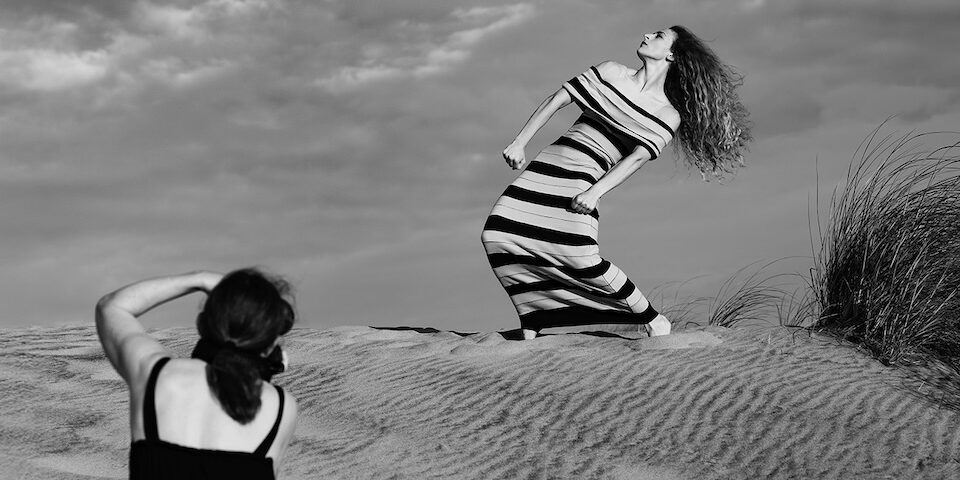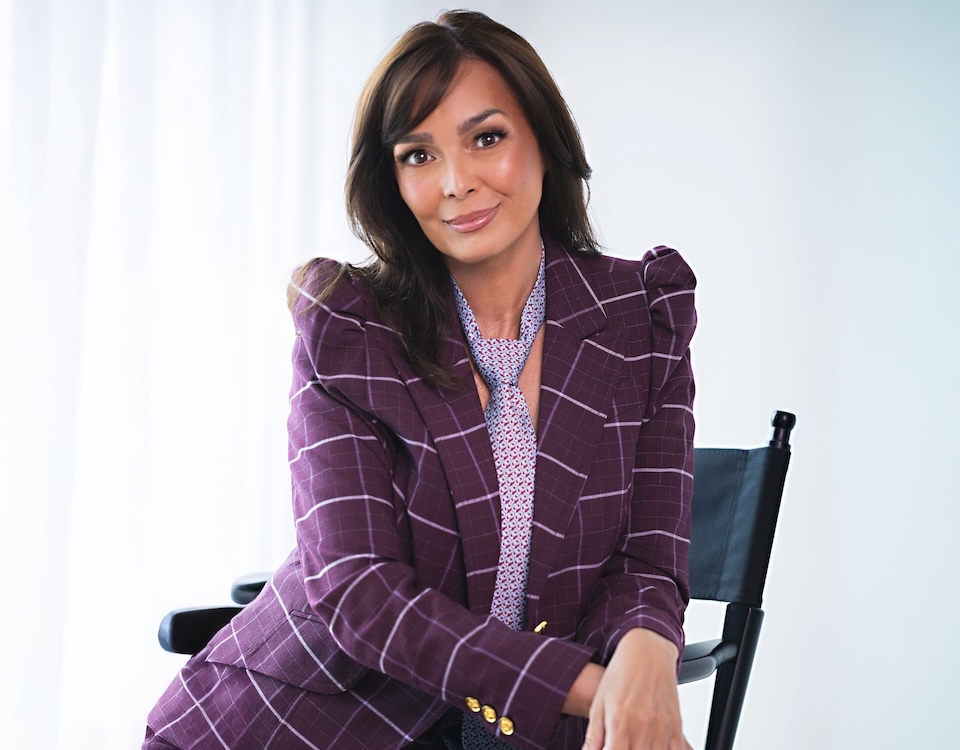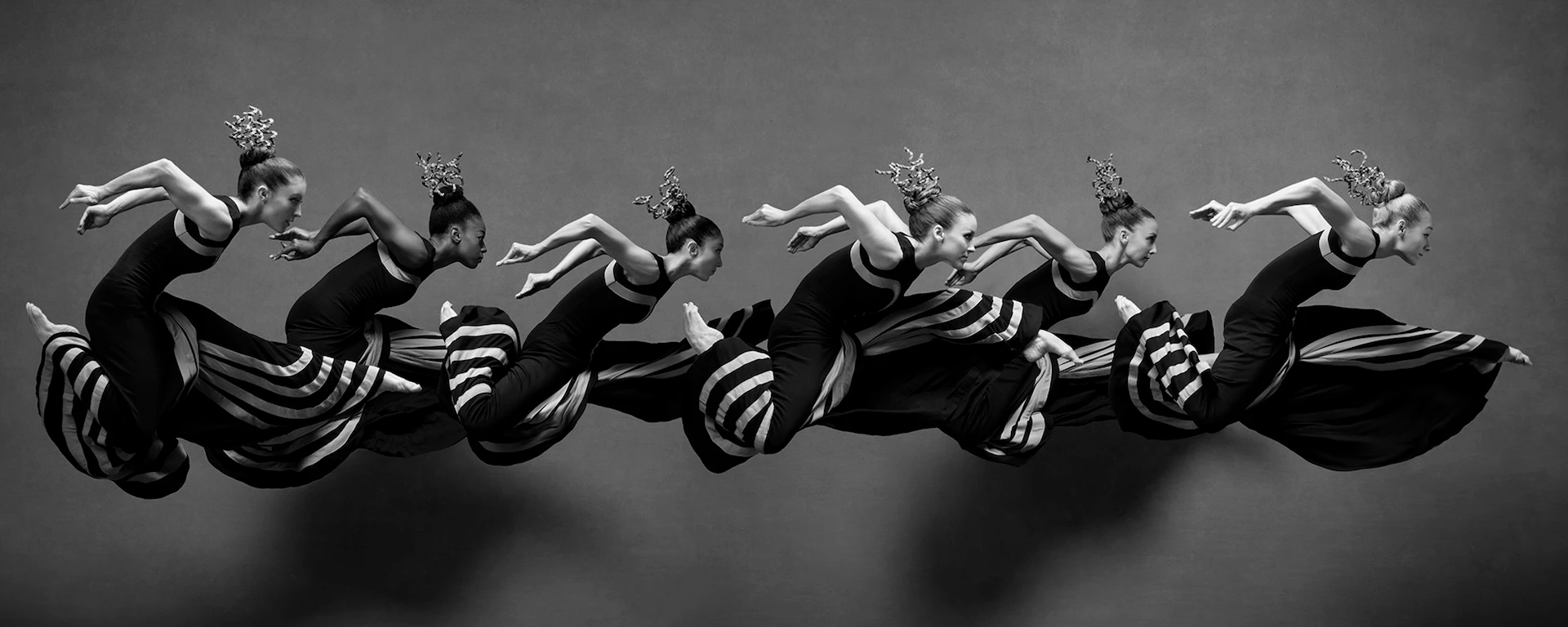
A CENTURY IN MOTION:
MARTHA GRAHAM THROUGH THE EYES OF NYC DANCE PROJECT

For over 100 years, the Martha Graham Dance Company has shaped the language of modern dance. Now, through cinematic grace and soulful precision, Deborah Ory and Ken Browar preserve its pulse, capturing 24 defining works in a collection that honors movement, memory, and the mastery of Martha’s enduring vision.

“IT’S ABOUT HAVING THE LUXURY TO DO WHAT YOU REALLY WANT, TO BE IN THE ‘FLOW’ AS IT WERE; TO IMMERSE YOURSELF WITHOUT STRESS AND TRULY GET TO ENJOY AN EXPERIENCE.”
DEBORAH ORY AND KEN BROWAR, NYC DANCE PROJECT
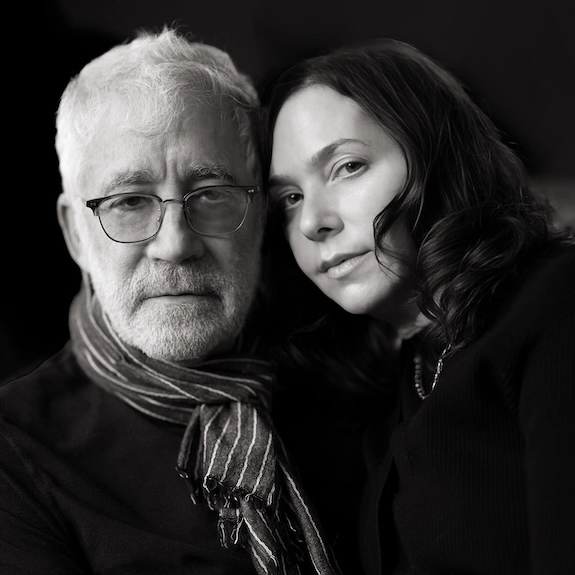
For over fifteen years, Deborah Ory and Ken Browar, the married duo behind NYC Dance Project, have transformed dance into something more than just a visual art form. What they do isn’t just photography. It’s preservation. Reverence. A quiet, almost sacred witnessing of what breath, muscle, and memory can become when the body moves with purpose.
Their photographs don’t interrupt motion or freeze time. Instead, they reveal it—capturing the emotional residue, the weight of breath between gestures, the stories told in silence. There is no spectacle here, no choreography for the show. Every frame is a meditation on truth. The kind of truth you feel in your chest before your mind can explain it.
Their latest book, Martha Graham Dance Company: 100 Years, is not simply a centennial celebration. It’s a love letter to legacy. A visual memoir that honors one of modern dance’s most revolutionary forces, not by looking back, but by moving forward. Through 24 of Graham’s most iconic works, reinterpreted through today’s dancers, the book becomes a living conversation. Past and present blur into something that feels both immediate and eternal. The feminine spirit doesn’t just endure here; it evolves.
Deborah’s relationship with dance is deeply personal. She trained in the Graham technique. She speaks the language from the inside. Her camera doesn’t watch, it remembers. She doesn’t photograph movement. She listens to it. With every click of the shutter, she gives space to what choreography often hides: the vulnerability beneath precision. The heartbreak in restraint. The soft defiance of stillness. Her images don’t just show dancers; they reflect what dance is trying to say when no words are left.
Ken brings something entirely different, and yet perfectly complementary. With a fashion photographer’s instinct for shape and shadow, he infuses their work with cinematic structure. His mastery of light and detail gives each image a painterly quality. You don’t just look at their portraits. You feel their atmosphere. Whether against a velvet backdrop or caught mid-pirouette, there’s a quiet glamour to the work that feels just as at home on a museum wall as it would in the pages of a luxury magazine.
Together, they are more than collaborators. They are curators of emotion. Translators of breath. Their process is intimate, intuitive, and rooted in a kind of trust that can only exist between artists who know how to listen, first to each other, then to the work, and finally to the unspoken truth the body carries.
This book isn’t just about Martha Graham’s influence. It’s about what it means to inherit a legacy and reimagine it with integrity. It’s about honoring the women who danced before you, while carving space for the woman you’re becoming.
It is, in every way, luxury for the soul.
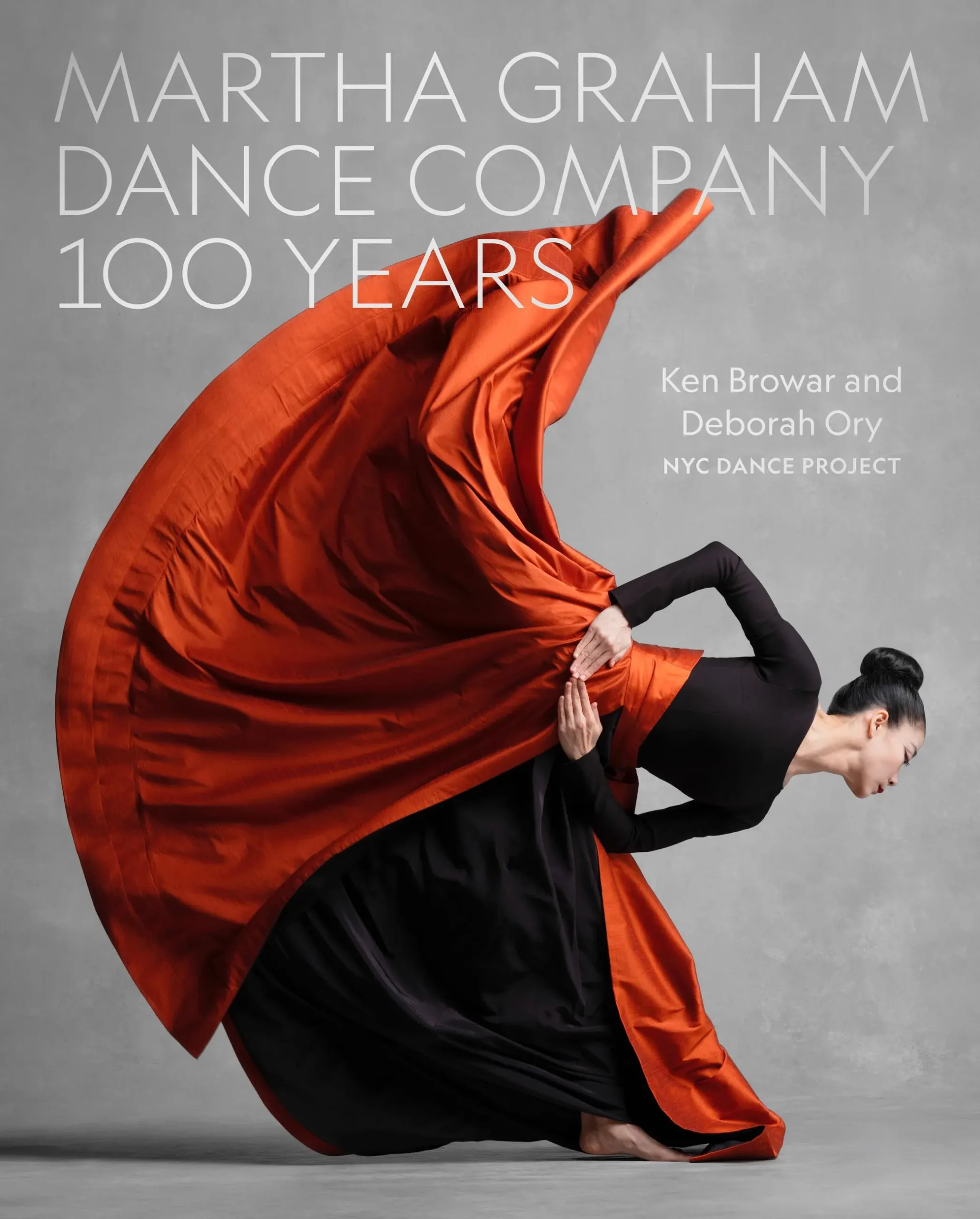
Martha Graham Dance Company: 100 Years by Ken Browar and Deborah Ory Published by Black Dog & Leventhal, an imprint of Workman Publishing Group. Available at select retailers and independent bookstores.
How did this project come about?
Ken and I have been working together for over 15 years as a husband-and-wife team photographing dancers. When we got married, we were both photographers and really wanted to find a project to work on together. Our daughters were studying dance, and I had been a serious dancer for most of my life. So, we started photographing dancers we knew, and a project quickly took off, leading to the creation of our first two books: “The Art of Movement” and “The Style of Movement: Fashion and Dance.”
Many of the dancers featured in these books were members of the Martha Graham Dance Company, and the company’s director, Janet Eilber, contributed sections to both of these books. When she told us the Graham company’s 100th anniversary was coming up, we felt it would be the perfect opportunity for a collaboration with the company on a book.
Graham’s body of work is vast, iconic, and emotionally charged. What guided you, spiritually or artistically, in choosing which twenty-four pieces would carry this centennial tribute?
Martha Graham created 181 ballets in her lifetime, but many of them are no longer performed, and many of them have been “lost”, as they were originally choreographed over 100 years ago and are not well documented. Some of the ballets were “reimagined” by the Graham company, pieced together using photographs and notes. Among these lost ballets, we captured Immediate Tragedy, Ekstasis, and Imperial Gesture because we felt they mattered and were unique. We photographed many of the other works in the Graham repertory, a mix of her early works, such as Lamentation, created in 1930, and her later works, ending with Maple Leaf Rag from 1990, because we wanted to illustrate the evolution of her work. Maple Leaf Rag was created when Graham was 96 years old, so it was at the very end of her life, and we were keen on showing that, too.
There’s a kind of poetry in Martha’s movement. When you look through the viewfinder, what is it about her choreography that asks to be captured and remembered?
Graham had compared dance to poetry in both its raw power and its ability to convey human emotion and narratives. Graham believed “movement never lies” and that the body had the ability to reveal the emotions within. We focused on capturing the emotions behind each dance and tried to give a sense of what the dance was about in an image or a series of photographs. It was important for us to add drama to the photos through the lighting, costumes, and locations.
Deborah, as someone who has lived in the language of dance, how did Martha’s legacy shape the way you moved behind the camera?
As a former dancer, I studied the Martha Graham technique and her works for many years. It was really helpful to understand the intention behind the movement and to know the vocabulary unique to Graham. I also felt it was important to understand the message of each dance, so before photographing each one, I studied the dance and read everything I could find about it, especially any notes that Graham had written.
Your photographs feel like choreographed moments, cinematic, emotionally layered, and deeply collaborative. How do you and Ken craft that kind of magic together?
Ken and I are great partners—both in marriage and in our creative life. Once we began to let go and use each other’s strengths to our advantage, we saw that we were able to make better images together. It’s fun to work together and have someone to provide feedback and share in the process.
Our photographs are carefully planned out before each photo session, as though it was a performance. Most of the time, creating the photographs is spent before the photos are actually taken; we’ve picked the background or location, any set pieces and/or costumes, and specific parts of each dance that we feel capture the energy and mood of that particular dance.
“WE WANTED TO CAPTURE THE EMOTION AND INTENTION BEHIND THE MOVEMENT—IT’S MORE THAN JUST A BEAUTIFUL POSITION.”
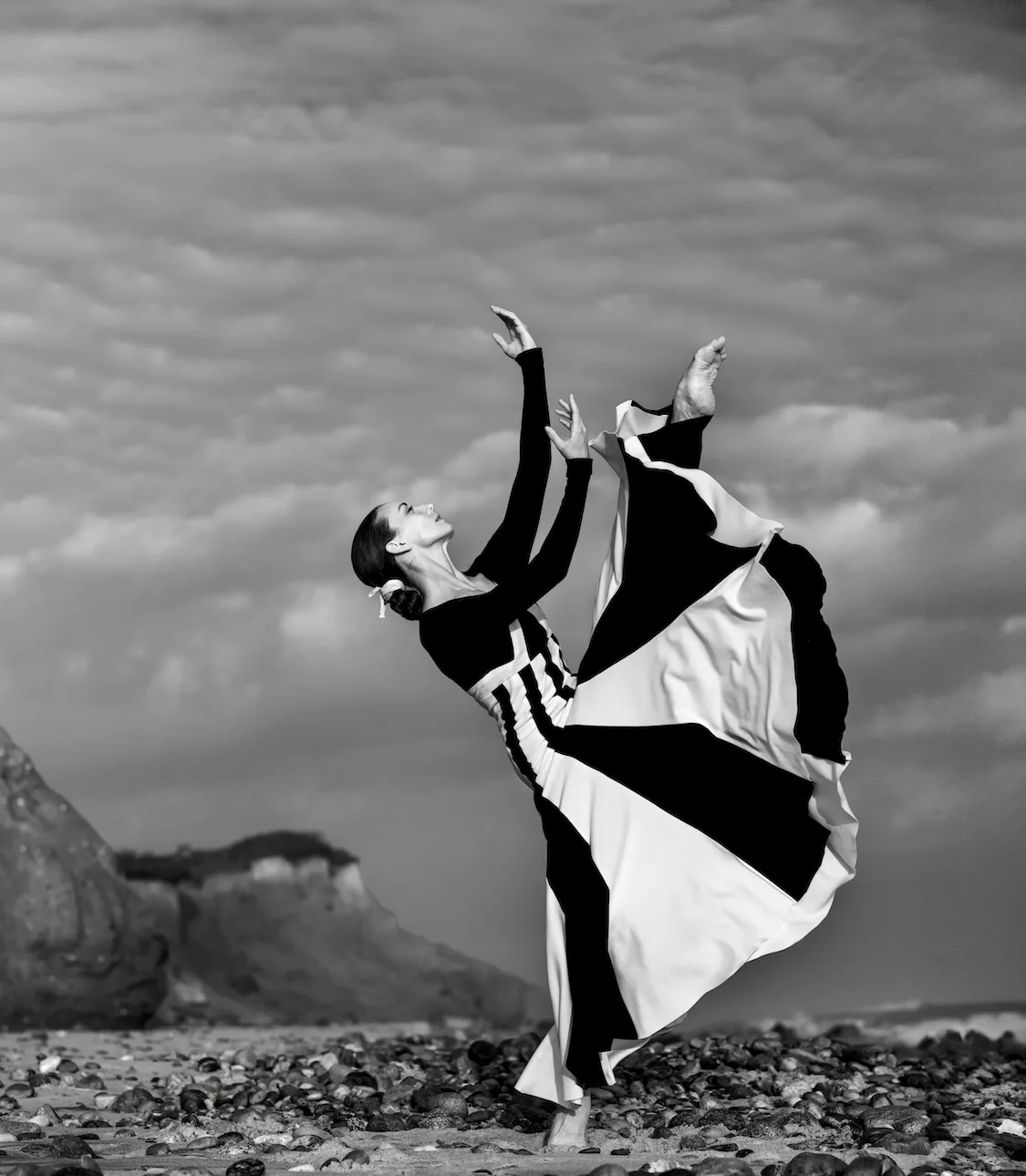
The dancers you chose carry both legacy and presence. What did you see in them beyond technical skill that made you say: Yes, it’s you for this piece?
The Martha Graham Dancers are all technically strong and excellent performers, so it was hard to choose who would dance specific parts. Also, certain roles are performed by specific dancers in the company, so often it was the company director who picked who she wanted for the roles.
Were there moments on set when time stood still, when you knew, without doubt, you had captured the image you were meant to find?
We have always known when we’ve gotten the image we were looking for, often we have an idea of what that might look like before the photo session begins. At other times, things happen unexpectedly while we are taking photos, and it goes in a different direction. However, Ken and I, along with the dancers, all know when we’ve captured the image. Usually, we feel excitement when we get the image, and the magic happens!
You included archival textures, costume notes, musical references, and set designs. Why did these layers feel essential to the visual story you were telling?
The Martha Graham Dance Company has such a rich history, and we felt it was important to include that in a celebration of their 100th anniversary. Martha Graham was known for her collaborations with other artists. The sculptor Noguchi designed many of her sets, while Halston, Calvin Klein, Oscar de la Renta, and other fashion designers made many of her costumes. She worked with renowned composers including Aaron Copland, Louis Horst, Samuel Barber and William Schuman. We also included photographs by Barbara Morgan and Philippe Halsman, as well as illustrations by Andy Warhol and Miro. It helps to tell the rich history of this dance company that was shaped and influenced by so many different artists over the years.
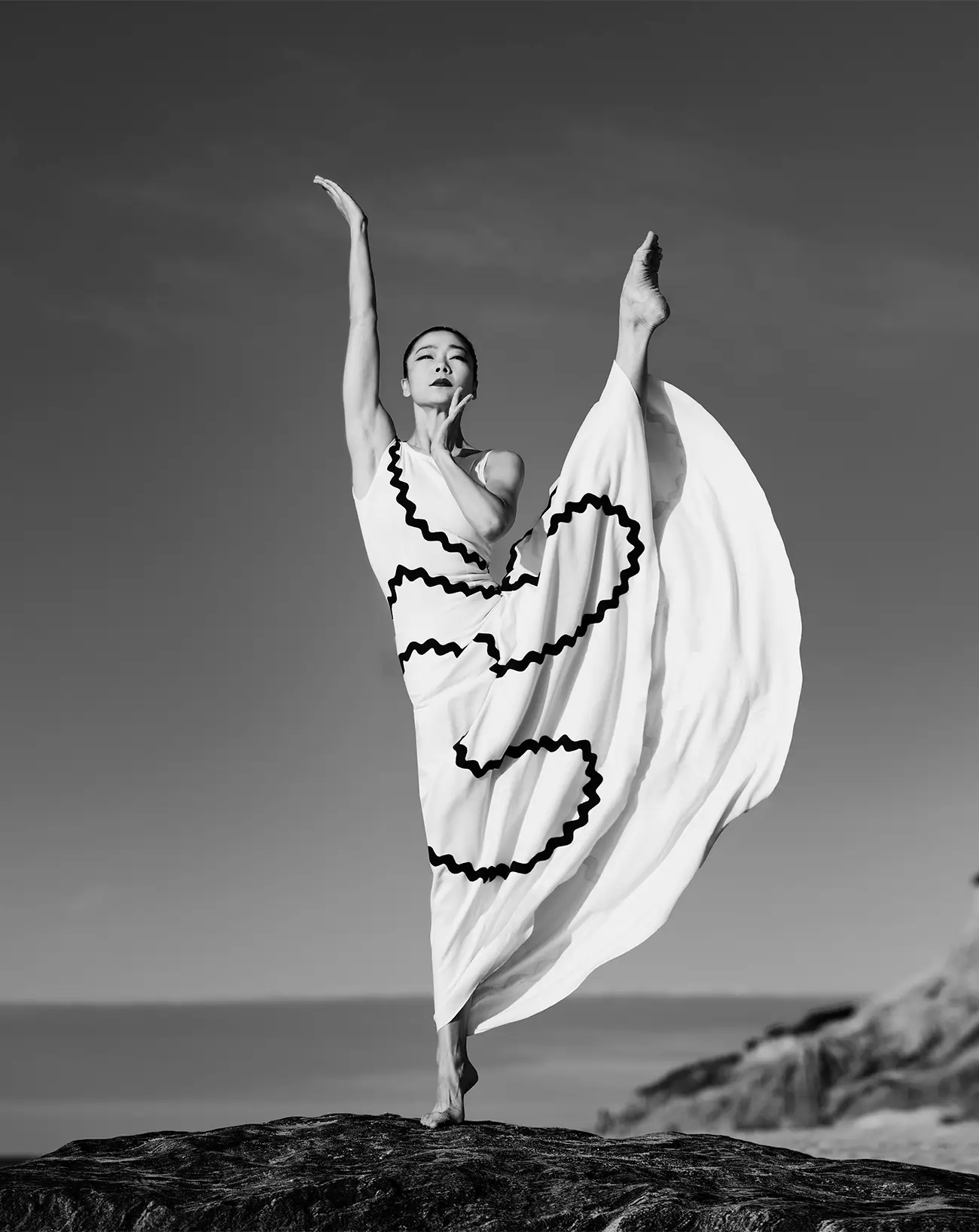
Photographing dancers feels like its own universe. What does it ask of you emotionally, something fashion or editorial work might not?
Ken came from an editorial and fashion background, and I also had done a lot of editorial work. This project was different for us, partly because there was no “client”; we had total creative freedom. Photographing dancers is also very different than photographing models. We always want to make the viewer feel as though they can feel the movement, from the moment before and after a jump, and want them to see a second of movement suspended in time. It’s also really important for us to capture the emotion and intention behind the movement, because it’s a lot more than just a beautiful position.
Was there a moment that took your breath away? A shoot that changed you, or a single image that still lingers in your heart.
The Martha Graham dancers always take my breath away since they dance with such passion and abandonment! I feel that for every one of the dances we photographed, there was a moment or two that stopped me in my tracks. I hope that the viewer can see them in the book.
Every project meets resistance. When you hit a wall or a moment of unexpected challenge, how did you find your way through?
This project was a huge challenge for us and much more difficult than our other books. For one thing, we were working with an entire dance company instead of individual dancers, and just figuring out the schedules with a dance company that is touring the world was challenging in itself. We had never photographed that many dancers together on a set before, and we had to build enormous backgrounds. There were more than one time that we almost gave up, but we received a lot of support from the company directors, Janet Eilber and LaRue Allen, who encouraged us to keep going and helped us problem-solve when needed.
What do you hope someone feels, especially someone who’s never known Graham, when they reach the final page? What do you hope they carry with them after turning the final page?
I hope they realize how beautiful, expressive and emotional movement and the body can be. I think many people have never really seen many dance performances, or any dance like this, and I hope it helps support the art form. And for those people who already love and know Graham, I hope it captures something about why they love dance that they can hold onto. It’s an ephemeral art form, and it’s nice to be able to keep an image of it with you. It’s like taking home a piece of the performance.
What is your personal mantra or guiding belief that helps you stay aligned with your purpose?
Good food, friends, and some snuggles with the pets. Stay determined and know that if you can imagine it, it’s possible.
What does ‘Luxury for the Soul’ mean to you?
What a great question! To me, that’s about taking the time to really nurture my creative side, whether it’s through photography, dancing, cooking, ceramics, being in nature, or just great conversation with friends. It’s about having the luxury to do what you really want, to be in the “flow” as it were; to immerse yourself without stress and truly get to enjoy an experience. When I can share these experiences with others, it’s even better.
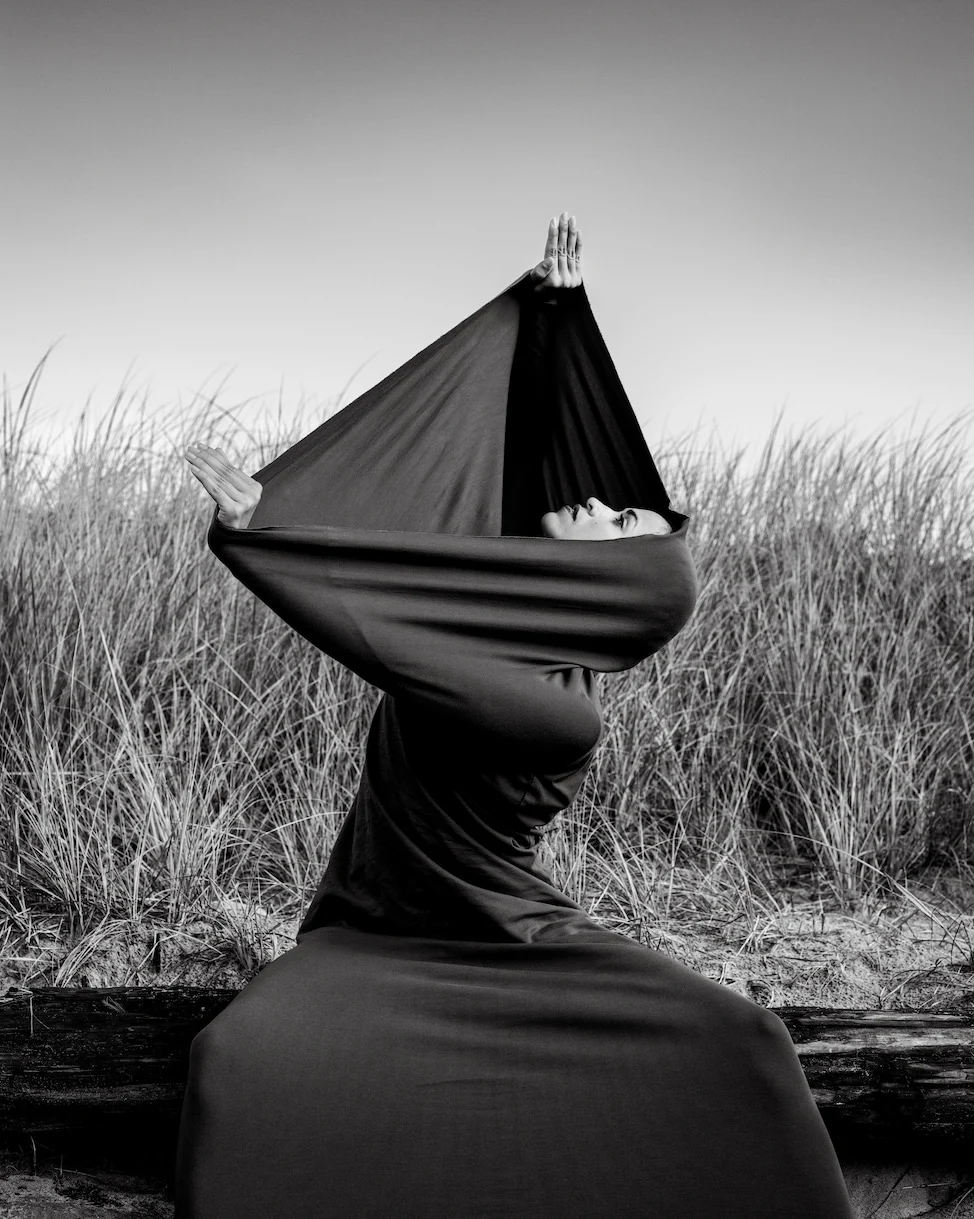
Movement never lies. In this centennial tribute, love, legacy, and emotion are captured frame by frame, so what once lived on stage now lives forever in the heart. Martha Graham Dance Company: 100 Years is Luxury for the Soul. Available through select booksellers and curated retailers who celebrate the art of storytelling.

